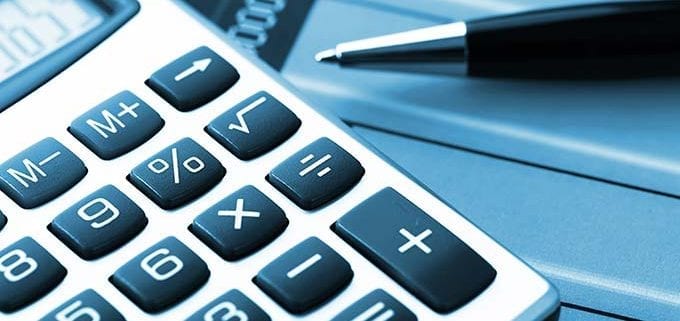How do you calculate the cost of a traditional phone system?
How to calculate the cost of a traditional phone system
When the time comes to replace your on-premises PBX some of the first objections may come from your CIO, CFO, or controller. A new PBX typically has a price tag in the tens of thousands of dollars. If you require network upgrades or additional hardware to support multiple locations, the cost can easily grow to hundreds of thousands of dollars. However, even those large numbers may not tell the whole story. A traditional phone system includes equipment that was purchased upfront (Capital Expenditure) combined with ongoing monthly bills (Operating Expenditure) for rental, services, and support. Here’s how to calculate the cost of a traditional phone system versus a cloud phone system, so you can make the cost comparison.
Calculate the cost of a tradition PBX
The most obvious outlays for an on-premises business communications system are the ones you can see and touch — the PBX hardware and the phones that connect to it. Traditional PBX requires upgrades, maintenance, and trained personnel to roll out software and hardware updates and system upgrades. Don’t forget to include the costs for trunk lines, fax costs, and phone number DIDs. Click here to access an online savings calculator.
Add standalone telecom services to the total cost of PBX
Many times business is using third-party services for web meetings, chat, IM and a video platform. You need to add these costs to your total cost for the PBX.
Support and technicians, moves, adds and changes
Companies could also see losses of productivity and profits when they’re hit with downtime. For example, a natural disaster could shut down a local business using a traditional phone line for hours, or even days. The initial capital investment in an on-premises PBX is only the tip of the iceberg.
How to calculate the cost of a cloud phone system
It’s quite simple to work out your costs as there are a fixed price and monthly bill per user that you total for the year. The monthly bill includes porting your numbers, services, call minutes and support. Also, the total number of landline and mobile minutes can be shared across your users to keep costs down and you can add rental IP phones to the bill to keep your entire business communications to operating expenditure. A cloud phone system is based entirely on an operating expenditure model with a fixed price monthly bill, as the service is provided over the internet so there’s no capital outlay for equipment. That’s because many IP-based telephony solutions charge for the number of users on a network and which features an organization subscribes to, rather than charging based on a number of phone lines, caller and recipient locations, and more.
Cost comparison between traditional and cloud phone systems
VoIP is known for its cost-saving abilities. It’s not uncommon for businesses to find there’s a potential 35-60% cost saving on moving to the cloud. Plus, phone equipment, lines, calls, mobiles, fax, conferencing and support can be delivered by one provider, saving you time and resource, as you don’t have to juggle multiple suppliers and bills. Once you compare the cost of a traditional PBX vs. VoIP and consider all of the features you get with a cloud provider for one predictable low price, the decision is easy to make.
Find out how you can save money by moving to the cloud, with a free bill analysis service or by contacting a member of the Call One Cloud team for a personal demo.





Leave a Reply
Want to join the discussion?Feel free to contribute!